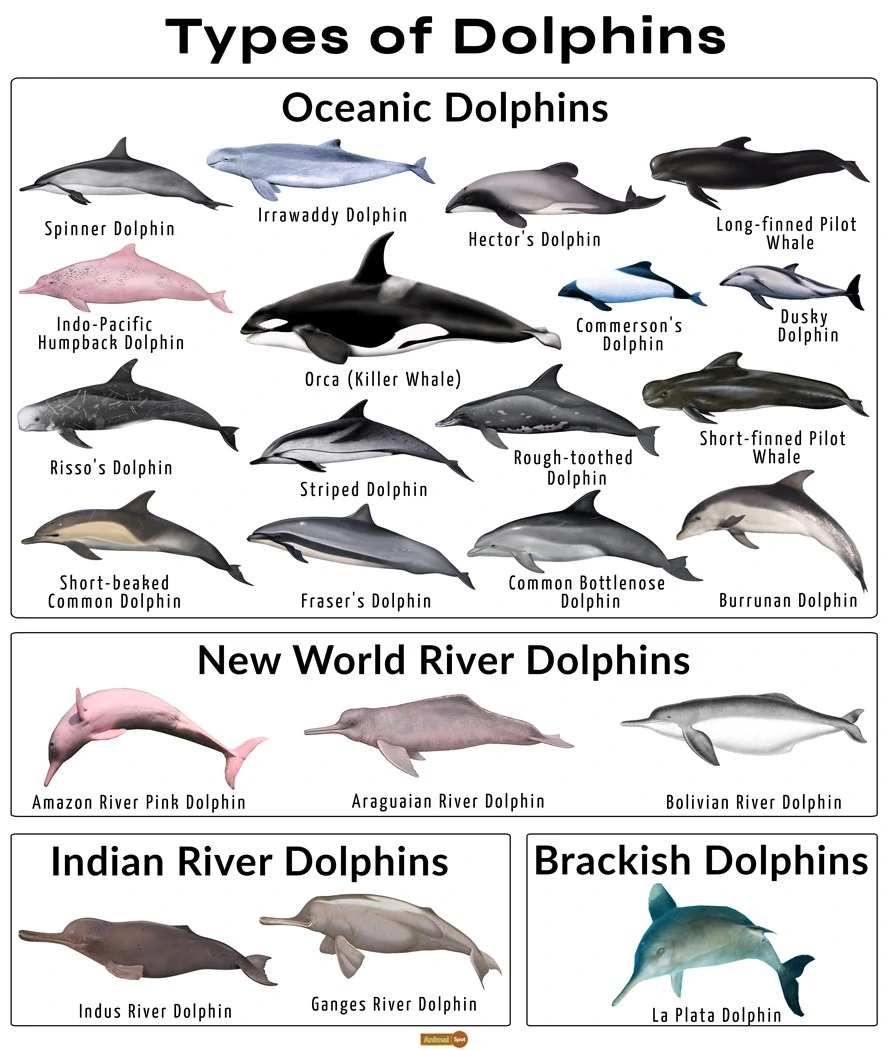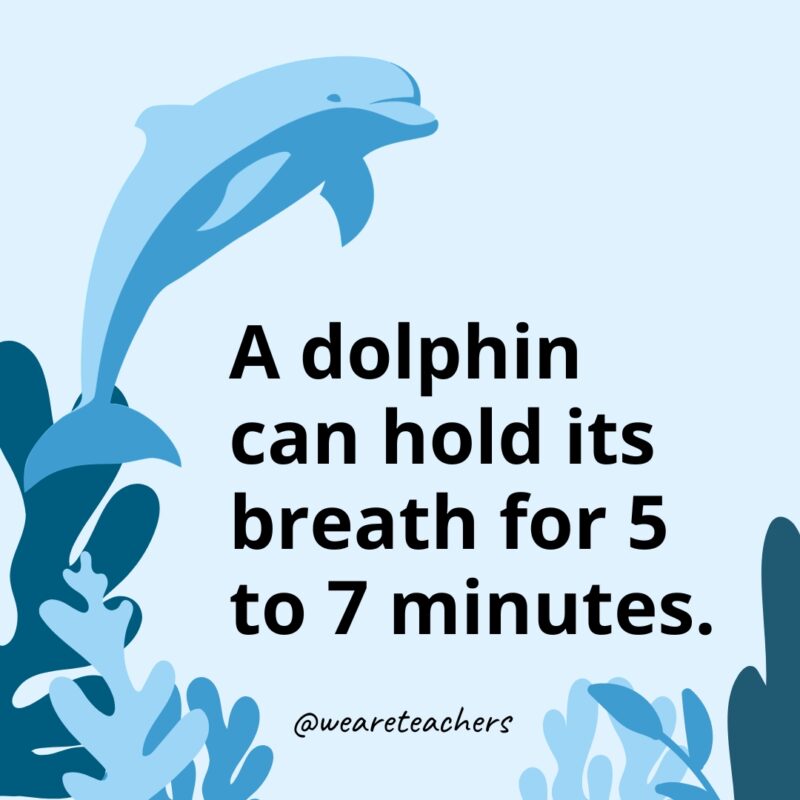Find Out Amazing Dolphin Facts Concerning Their Intelligence and Behavior
Find Out Amazing Dolphin Facts Concerning Their Intelligence and Behavior
Blog Article
Interesting Dolphin Details That Will Certainly Amaze You
Dolphins, frequently popular for their intelligence and social intricacy, present a wealth of interesting characteristics that extend much past their playful behavior. Furthermore, their elaborate social structures and participating strategies disclose a degree of psychological intelligence that is both fascinating and thought-provoking.
Dolphin Knowledge and Problem Fixing
Although usually considered as spirited creatures, dolphins display amazing knowledge and progressed problem-solving skills that establish them apart in the pet kingdom. Study suggests that dolphins possess cognitive capabilities comparable to those of some primates, showcasing their capability for complex idea procedures. Their ability to discover from experience, adapt to new circumstances, and even show self-awareness emphasizes their innovative mental capacities.
One of one of the most engaging instances of dolphin knowledge is their efficiency in tool use (Dolphin Facts). Dolphins have actually been observed making use of aquatic sponges to safeguard their rostrums while foraging on the ocean floor, an actions that shows foresight and planning. Furthermore, they present analytical capacities in cooperative jobs, frequently interacting to accomplish a common goal, such as corralling fish into limited teams for much easier feeding
Furthermore, dolphins show excellent memory abilities, allowing them to retain info regarding their social frameworks and ecological cues over extended durations. These cognitive attributes not only highlight their individual knowledge but also improve the survival and social communication of their pods. Generally, the knowledge of dolphins remains to astound scientists, triggering ongoing studies to more discover their exceptional capacities.
Distinct Interaction Approaches
Dolphins use a variety of one-of-a-kind communication approaches that underscore their sophisticated social structures and cognitive capacities. These aquatic creatures make use of a mix of articulations, body movement, and echolocation to communicate information and interact with each other.

In addition to vocal noises, dolphins depend greatly on body language. They use physical gestures, such as leaping, rotating, and synchronized swimming, to share intentions and feelings. This non-verbal interaction is necessary for collaborating group tasks, such as hunting or communal play.
Echolocation better boosts their interaction collection, allowing dolphins to navigate their environments and search effectively. By sending out audio waves and interpreting the returning echoes, they can determine the size, shape, and range of items around them. Jointly, these unique communication techniques highlight the remarkable cognitive abilities of dolphins and their capability to thrive in facility social networks.
Social Structures and Relationships

Dolphins show a variety of social actions, including participating searching, mutual pet grooming, and playful interactions, all of which reinforce their relationships. Their capability to identify individual whistles-- special articulations used for identification-- further enhances their social dynamics, permitting continual interactions over time. These strong social bonds are especially noticeable in maternal care, where mommies not just support their calves yet additionally count on other vessel members for support.
Moreover, dolphins display selfless habits, such as assisting distressed or injured people, which reflects their complex psychological knowledge. The social structures of dolphins are not just fundamental for their day-to-day interactions but additionally crucial for the transmission of social expertise, showcasing the deepness of their social lives and the value of community within their varieties.
Remarkable Physical Capacities
With their streamlined bodies and effective musculature, dolphins exhibit extraordinary physical capabilities that allow them to grow in marine settings. These aquatic creatures are renowned for their extraordinary swimming skills, efficient in getting to speeds of as much as 25 miles per hour due to their sleek form and solid flippers. Their unique adaptation, the dorsal fin, aids in keeping stability and balance while navigating with water.
Dolphins have amazing agility, permitting them to execute acrobatic leaps and rotates, frequently seen in their playful communications. This dexterity is complemented by their innovative echolocation capability, allowing them to discover victim and browse with facility underwater landscapes with precision. Utilizing clicks and whistles, dolphins create audio waves that jump off things, revealing their surroundings.
Their robust breathing official website system permits dolphins to hold their breath for numerous minutes while diving, getting to midsts of over 1,000 feet trying to find food. Additionally, their thick layer of blubber gives insulation versus cold water, enhancing their endurance in differing temperatures. Collectively, these remarkable physical capacities not just promote their survival but likewise add to their condition as one of the sea's most intelligent and interesting animals.
Preservation and Environmental Influence
Amid expanding concerns regarding the health and wellness of aquatic environments, the preservation of dolphins has actually come to be an important focus for researchers and conservationists alike. Dolphins work as essential signs of ocean health, and their decline usually signals wider eco-friendly issues. Different threats, including environment degradation, pollution, and entanglement in angling equipment, endanger their populaces.
Conservation efforts are essential in reducing these risks. Initiatives such as aquatic protected locations have actually been implemented to secure vital habitats from human interference. Additionally, organizations are proactively functioning to lower bycatch with more lasting angling techniques, which can substantially decrease dolphin mortality prices.

Additionally, international partnership plays a critical function in dolphin preservation, as lots of species move across national boundaries. Dolphin Facts. By developing treaties and participating study programs, nations can function together to execute reliable protection actions
Ultimately, the conservation of dolphins not just benefits these smart aquatic mammals yet also helps preserve the balance of aquatic environments, emphasizing the interconnectedness of all sea life.
Conclusion
To conclude, dolphins exemplify exceptional knowledge and complicated social frameworks, showcasing amazing communication approaches and physical capacities. Their ability to address issues collaboratively and see this website create strong social bonds emphasizes their emotional depth. In addition, the preservation of dolphin populaces is important for maintaining aquatic biodiversity and environmental balance. Comprehending these splendid creatures boosts appreciation for their role in the environment and highlights the demand for ongoing conservation efforts to safeguard their habitats and guarantee their survival.
Furthermore, dolphins display impressive memory abilities, permitting them to preserve info about their social structures and environmental cues over extended durations. Whistles are specifically significant, as they can function as signature phone calls, enabling dolphins to locate and identify one an additional in their complicated social settings. Collectively, these special interaction approaches illustrate the amazing cognitive abilities of dolphins and their capability to grow in complex social networks.
The detailed communication approaches utilized by dolphins play a significant role in shaping their social frameworks and partnerships.In final thought, dolphins exemplify impressive intelligence and complex social frameworks, click showcasing remarkable communication methods and physical capabilities.
Report this page